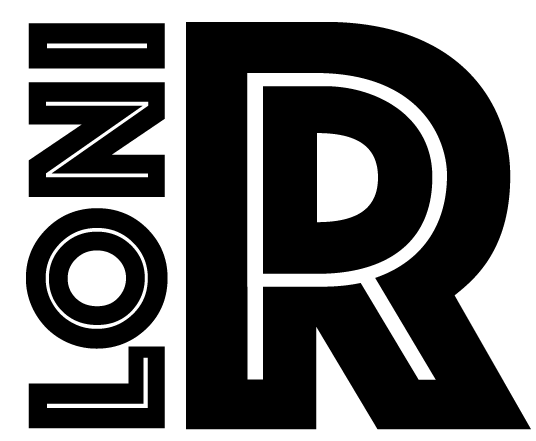- Find the most posterior plane in the coronal view. Begin masking the cerebellum once the cerebellar vermis (tissue) becomes visible inferior to the fissure separating the cerebellum from the cerebral cortex (Fig. 1, Fig. 2).
- When the left and right hemispheres of the cerebellum merge, mask the cerebellum without a division (Fig. 3).
- Once the brain stem appears, follow the boundary of the cerebellum carefully to avoid including any part of the brain stem in the mask (Fig. 4).
- The medulla of the brain stem fuses with the cerebellum at the superior cerebellar peduncle (Fig. 4a). Reference the sagittal view to determine this boundary (Fig. 4b). Exclude the IV ventricle from the mask.
- Immediately posterior to the region shown in step 4, the brain stem begins to merge with the rest of the cerebellum. In this region, it is important to explicitly exclude any part of the brain stem from the mask. Frequent reference to the sagittal view is useful in determining which areas to mask. Fig. 5a and Fig. 6a show coronal views at various points in region, and Fig. 5b and Fig. 6b show the corresponding sagittal views).
- Once the brain stem has completely fused with the middle cerebellar peduncle, exclude the middle cerebellar peduncle, and brachium conjuntivum from the mask. At this point, the mask will only include the gray matter at the periphery of the cerebellar area (Fig. 7a, Fig. 7b).
- Continue following the cerebellum until it is no longer visible (Fig. 8, Fig. 9).



